Let’s Talk Gear: Graphite Iron Shafts 101
Decades after their introduction, there are still a lot of misconceptions about graphite iron shafts — especially when it comes to the question of who graphite iron shafts are for and how they can help a golfer’s game.
This video breaks down the origins of these misconceptions to help golfers understand the truth about graphite shafts. It also offers some great tips for club builders who are building with graphite iron shafts for the first time.
- LIKE30
- LEGIT2
- WOW0
- LOL0
- IDHT0
- FLOP0
- OB0
- SHANK5
Equipment
Webb Simpson equipment Q&A: Titleist’s new 2-wood, 680 blade irons, and switching to a broomstick Jailbird
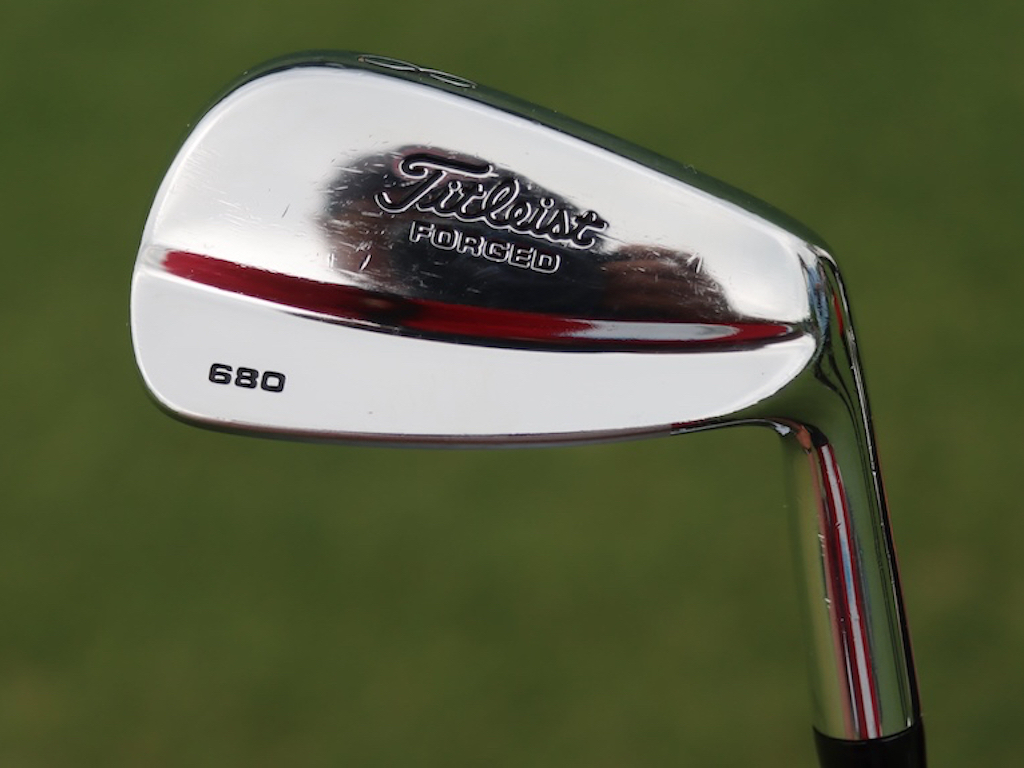
With seven career wins on the PGA Tour, including a U.S. Open victory, Webb Simpson is a certified veteran on the course. But he’s also a certified veteran in the equipment world, too. He’s a gearhead who truly knows his stuff, and he’s even worked closely with Titleist on making his own custom 682.WS irons.
On Wednesday at the 2024 Wells Fargo Championship, I caught up with Simpson to hear about his experience with Titleist’s new prototype 2-wood, how Titleist’s 680 Forged irons from 2003 ended up back in his bag, and why he’s switching into an Odyssey Ai-One Jailbird Cruiser broomstick putter this week for the first time.
Click here to read our full story about Simpson’s putter switch on PGATOUR.com’s Equipment Report, or continue reading below for my full Q&A with Simpson at Quail Hollow Club on Wednesday.
See Webb Simpson’s full WITB from the 2024 Wells Fargo Championship here
GolfWRX: It seems like you’ve been a little all over the place with your irons in the past six months or so, and now going back to the 680’s. Is that just a comfort thing? What’s been going on with the irons?
Webb Simpson: Titleist has been so great at working with me, and R&D, on trying to get an iron that kind of modernizes the 680. And so the 682.WS took the T100 grooves, but kinda took the look and the bulk and the build of the 680’s into one club. They’re beautiful, and awesome looking. I just never hit them that well for a consistent period of time. It was probably me, but then I went to T100’s and loved them. I loved the spin, the trajectory, the yardage, but again, I never went on good runs. Going through the ground, I couldn’t feel the club as well as with the blade. So last week, I’m like, ‘Alright. I’m gonna go back more for…comfort, and see if I can get on a nice little run of ball striking.’
So that’s why I went back.
View this post on Instagram
OK, that makes sense. I know you had done some 2-wood testing recently. Is that in the bag right now?
It’s like day-by-day. I used it at Hilton Head every day. Valero, I used it one round. And this week, me and my caddie will do the book every morning, and if it’s a day where we think we need it, we’ll just put it in and take the 3-wood out. I love it because it’s a super simple swap. Like, it doesn’t really change much.
Yeah, can you tell me about that club? I mean, we don’t really know anything about it yet. You know? I haven’t hit it or anything, obviously.
It has grooves like a 3-wood. Spin is perfect. And it’s honestly, like, everything is in the middle of a 3-wood and driver number. Trajectory, spin, carry, all of it. So, a Hilton Head golf course is almost too easy to talk about because, you know, there, so many holes are driver 3-wood.
Valero, our thinking was we had two par-5’s into the wind, and we knew that it would take two great shots to get there in two. So instead of hitting driver-driver, we just put it in. And I used it on those holes.
Hilton was a little easier because it was off-the-tee kind of questions. But Colonial will be a golf course where, you know, there’s a lot of driver or 3-woods. It’s kind of like a backup putter or driver for me now. I’ll bring it to every tournament.
So it’s, like, in your locker right now, probably?
Well, it would be. It’s in my house [because Webb lives near by Quail Hollow Club, and is a member at the course.] It’s in the garage.
Oh, yeah, that’s right. Do you know what holes you might use it out here if it goes in play?
Potentially 15, depending on the wind. Second shot on 10. Could be 14 off the tee. The chances here are pretty low (that he’ll use the 2-wood). But, like, Greensboro would be an awesome club all day. I’m trying to think of any other golf courses.
There’s plenty that it’ll be a nice weapon to have.
It’s interesting, the wave of 2-woods and mini drivers. Like, it’s just really taken off on Tour, and all the companies have seemed to embrace it.
Yeah. The thing I had to learn, it took me, like, at least a week to learn about it is you gotta tee it up lower than you think. I kept teeing it up too high. You need it low, like barely higher than a 3-wood. And that was where I got optimal spin and carry. If you tee it up too high, you just don’t get as much spin and lose distance, I don’t know if that’s just a mini driver thing.
And you obviously have a Jailbird putter this week. What spurred that on?
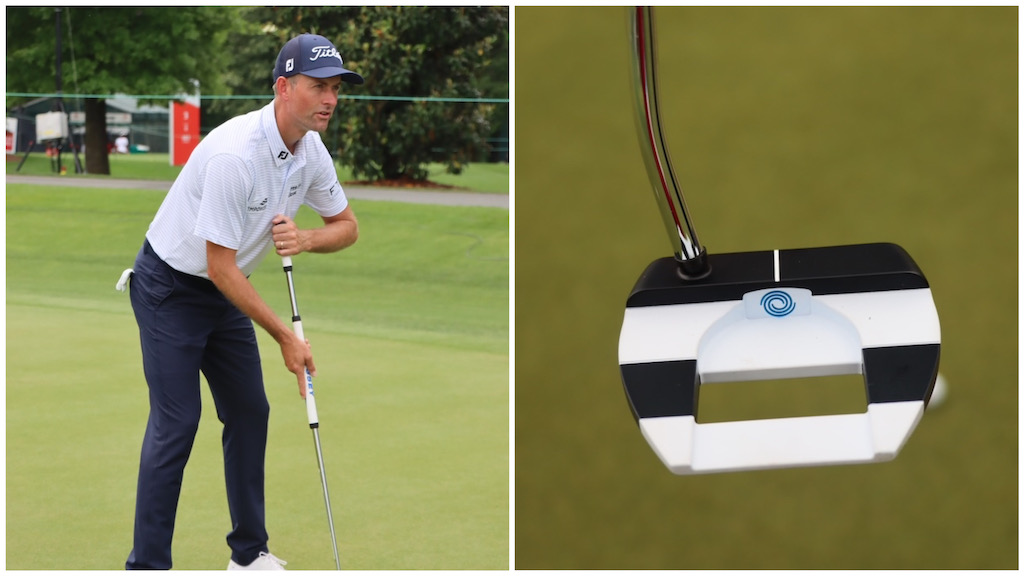
Inconsistent putting. I’m stubborn in a lot of ways when it comes to my equipment, but I have to be open minded – I just hadn’t putted consistently well in a while. And I’m like, ‘Man, I feel my ball-striking coming along. Like I feel better; for real, better.’
If I can just get something in my hands that I’m consistent with. Being on Tour, you see it every year, guys get on little runs. I can put together four to five tournaments where I’m all the sudden back in the majors, or in the FedExCup Playoffs. You can turn things around quick out here. I’m like, ‘Man, whatever’s going to get me there, great.’
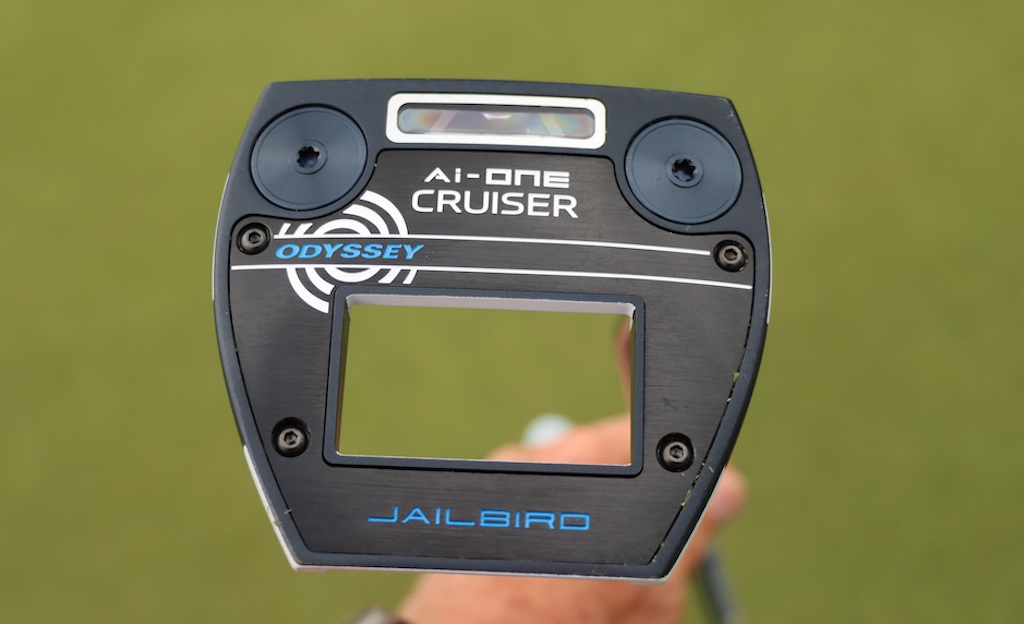
My caddie, David Cook, caddied for Akshay at the Houston Open and he putted beautifully. Then, I watched Akshay on TV at Valero, and he putted beautifully. And, I’m like, ‘I’m just going to try it.’
I’ve never tried it for more than a putt or two, and I just ordered what Akshay uses. It was pretty awkward at first, but the more I used it, the more I’m like, ‘Man, it’s pretty easy.’ And a buddy of mine who’s a rep out here, John Tyler Griffin, he helped me with some setup stuff. And he said at Hilton Head, he wasn’t putting well, then tried it, and now he makes everything. He was very confident. So I’m like, ‘Alright, I’ll try it.’”
And you’re going with it this week?
Hundred percent.
Alright, I love it. Thank you, I always love talking gear with you. Play well this week.
Thanks, man.
See Webb Simpson’s full WITB from the 2024 Wells Fargo Championship here
- LIKE4
- LEGIT0
- WOW0
- LOL0
- IDHT0
- FLOP0
- OB0
- SHANK0
Whats in the Bag
Matthieu Pavon WITB 2024 (May)
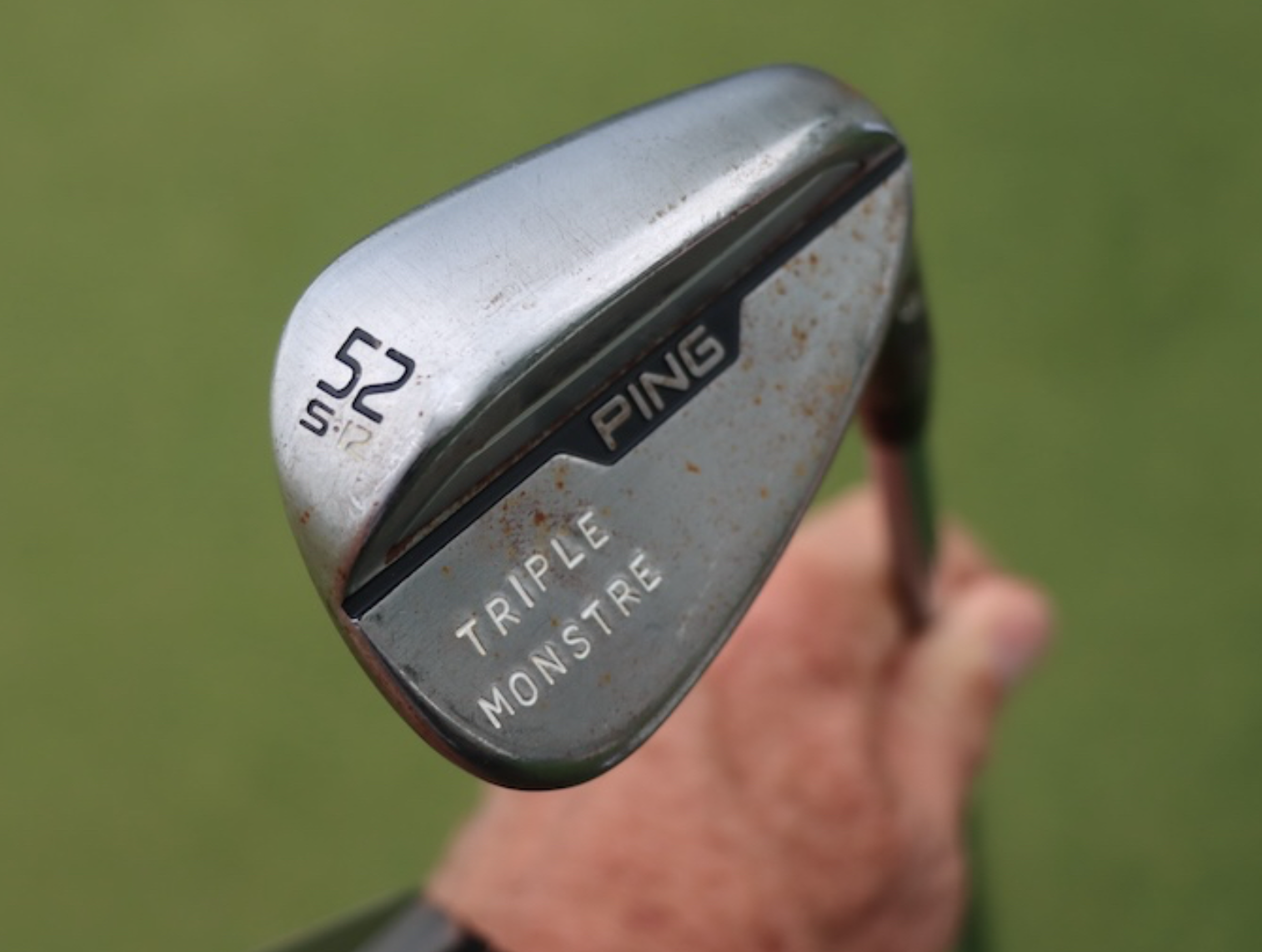
- Pavon’s WITB accurate as of the Wells Fargo Championship. More photos from the event here.
Driver: Ping G430 Max (9 degrees)
Shaft: Fujikura Ventus TR Black 6 X
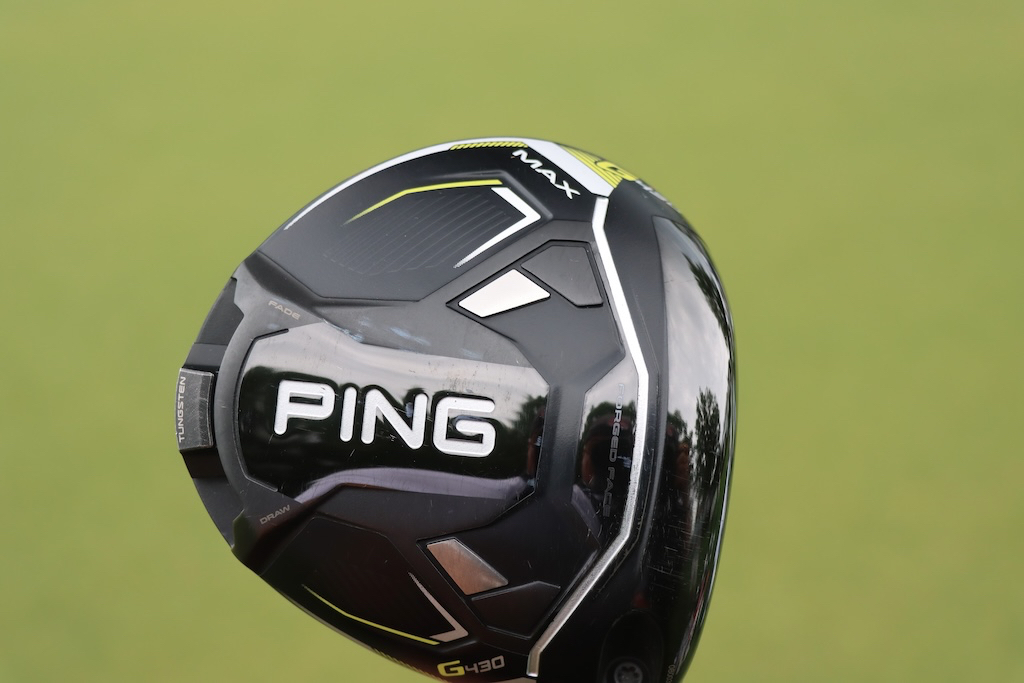
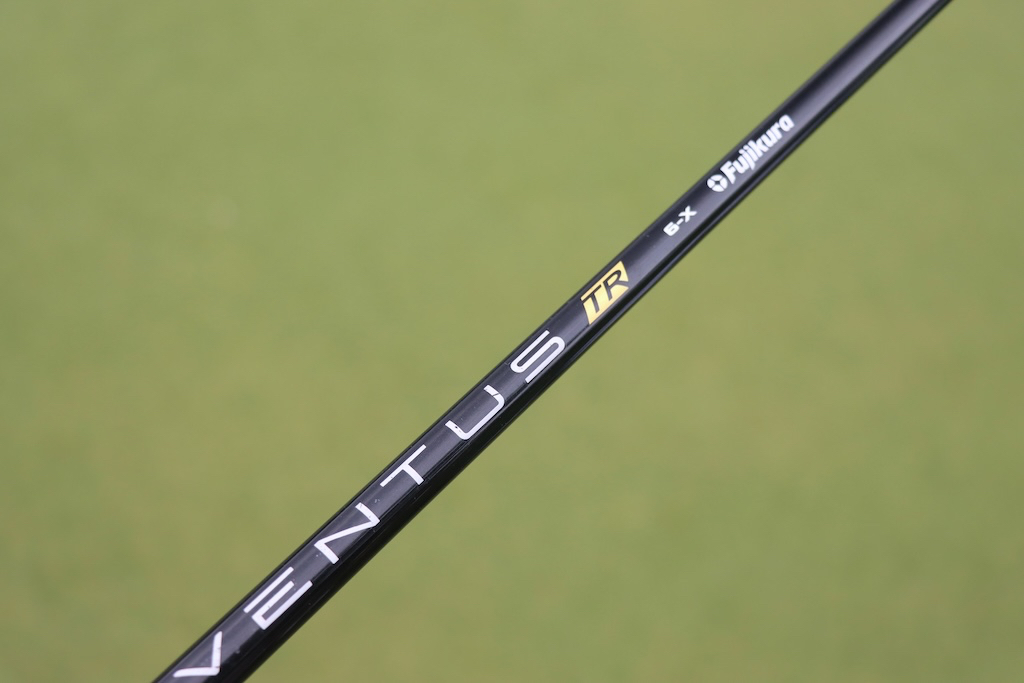
3-wood: Ping G430 LST (15 degrees)
Shaft: Fujikura Ventus TR Black 7 X
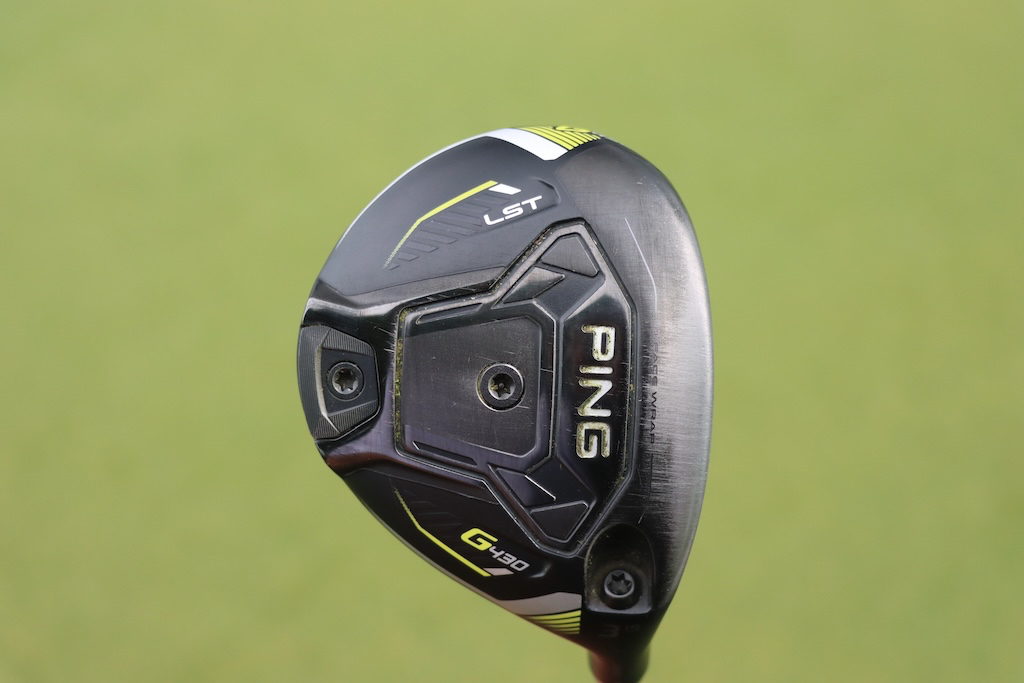
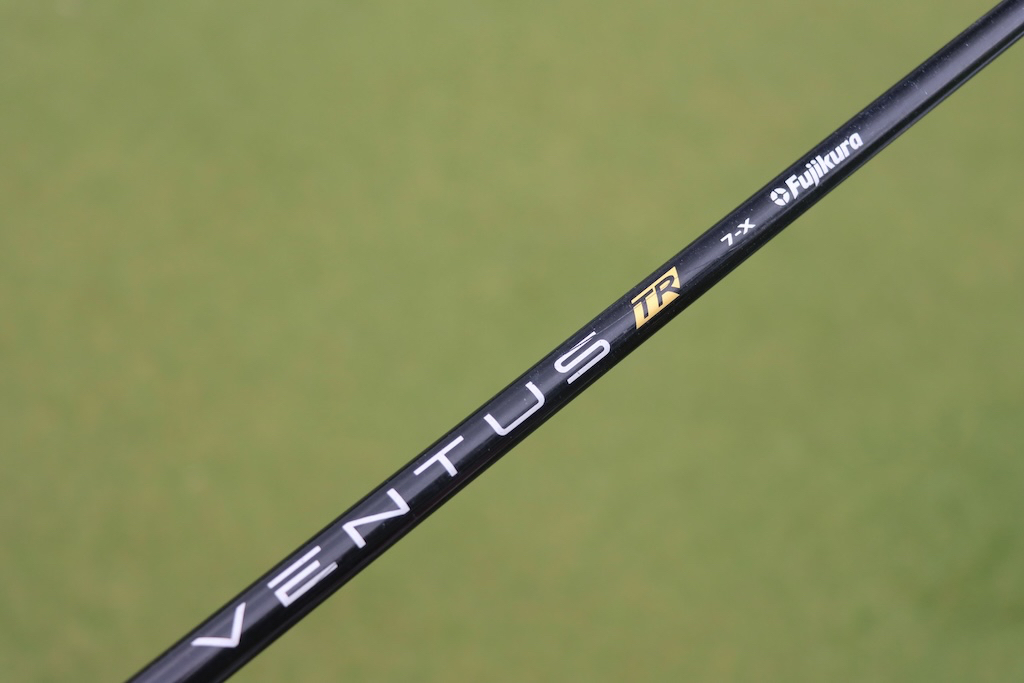
Hybrid: Ping G430 (19 degrees)
Shaft: Fujikura Ventus Black 10 X
Irons: Ping i230 (3-PW)
Shafts: Nippon Modus3 Tour 120 X
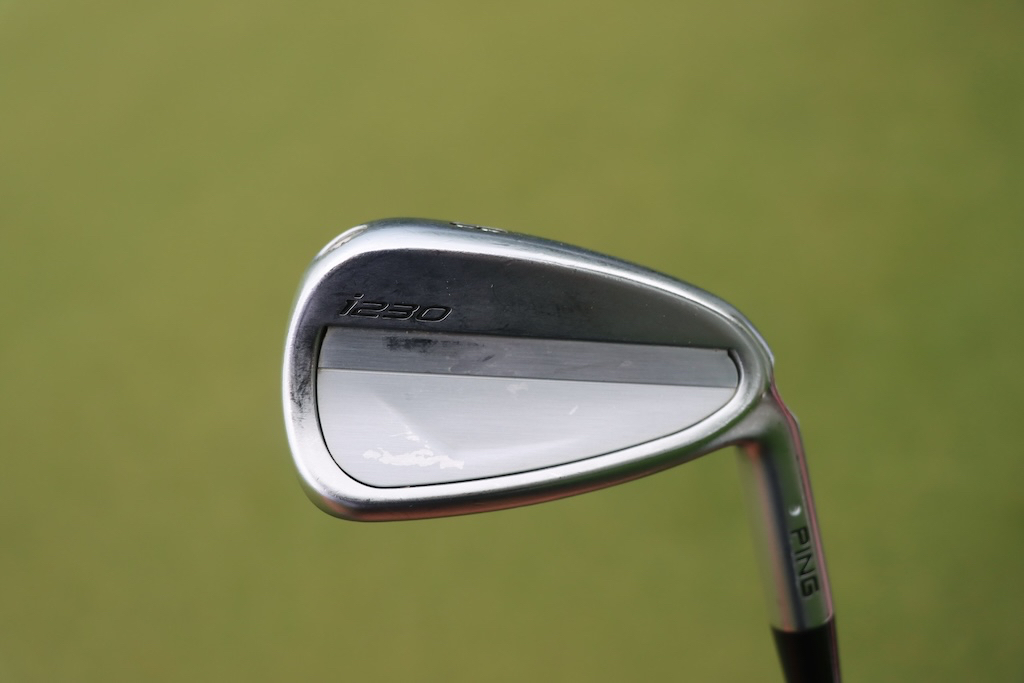
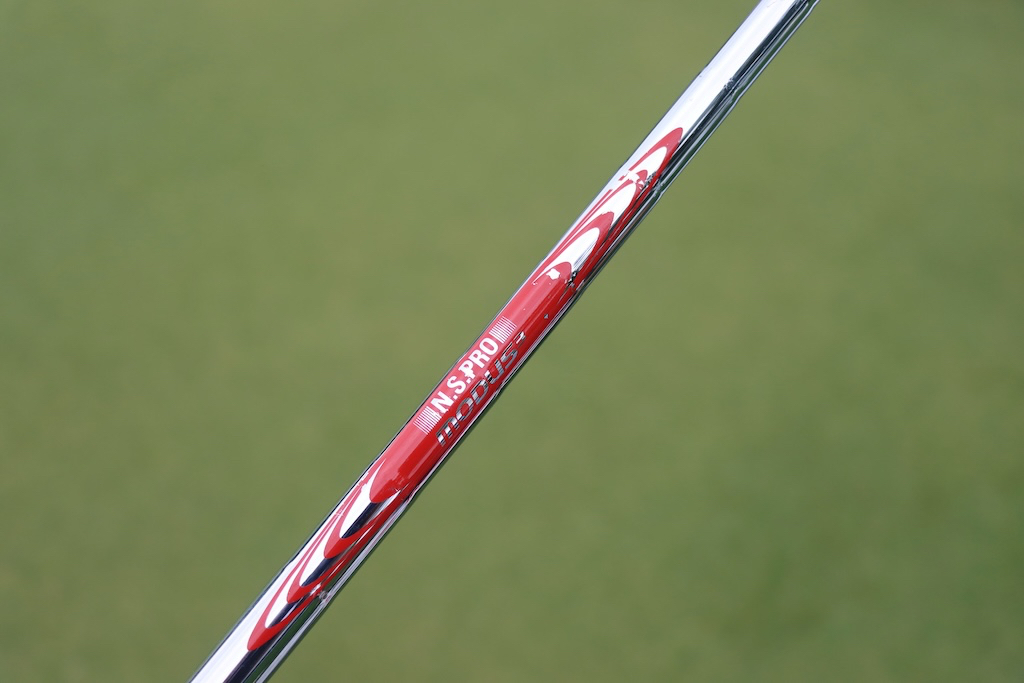
Wedges: Ping Si59 (52-12S, 58-8B)
Shafts: Nippon Modus3 Tour 120 X

Putter: Ping Cadence TR Tomcat C
Grip: SuperStroke Claw 1.0P
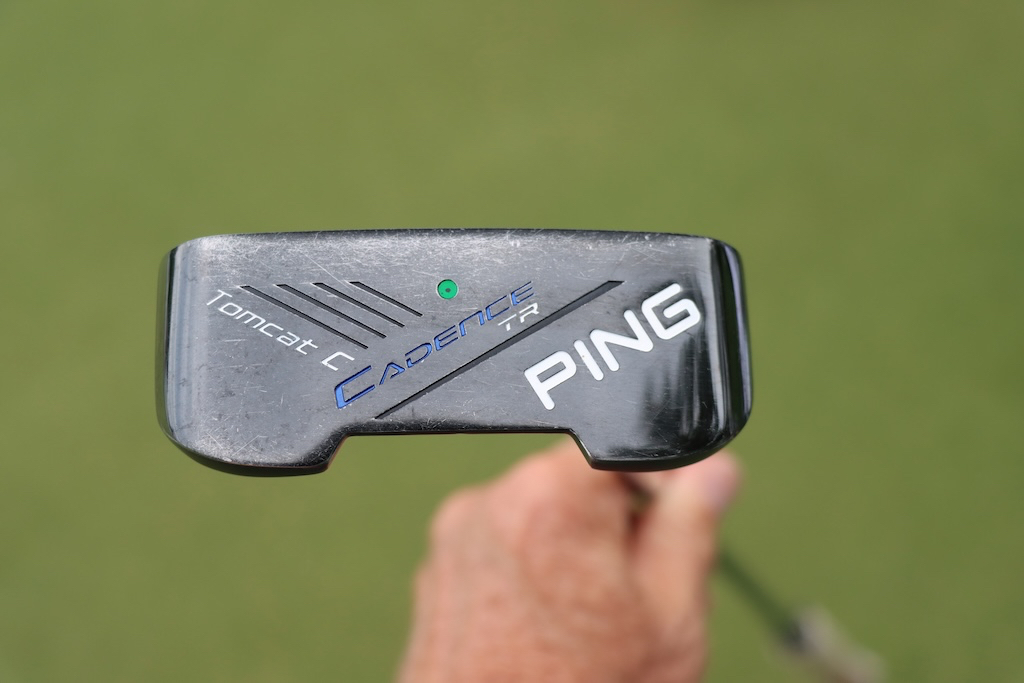
Grips: Golf Pride MCC Align
Ball: Titleist Pro V1
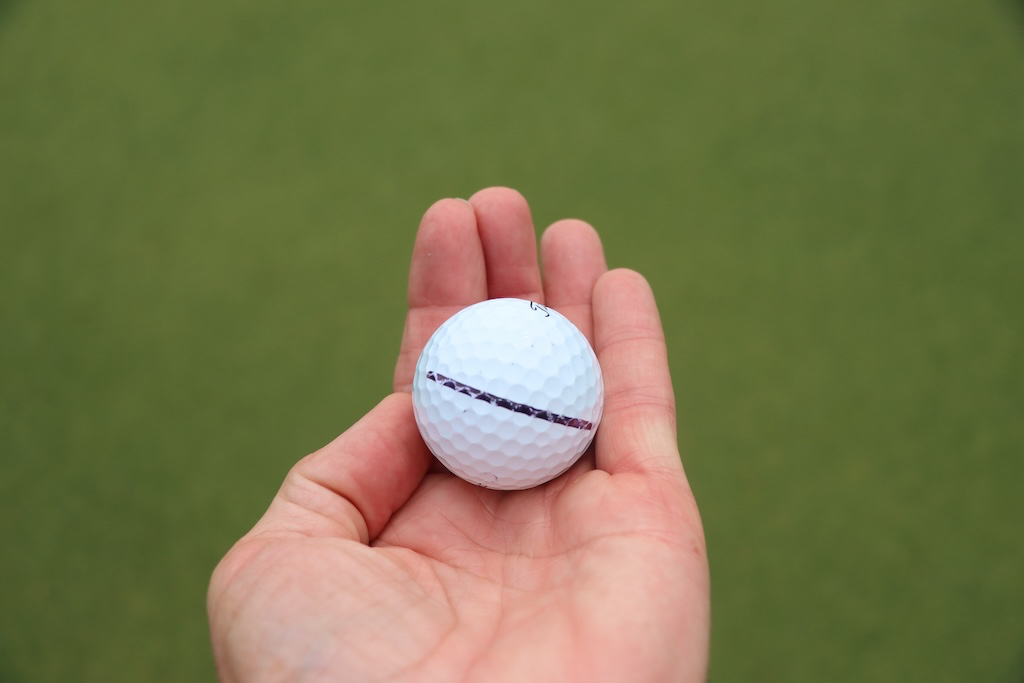
Check out more in-hand photos of Pavon’s gear here.
- LIKE3
- LEGIT1
- WOW0
- LOL0
- IDHT0
- FLOP0
- OB0
- SHANK0
Equipment
Spotted: Tommy Fleetwood’s TaylorMade Spider Tour X Prototype putter
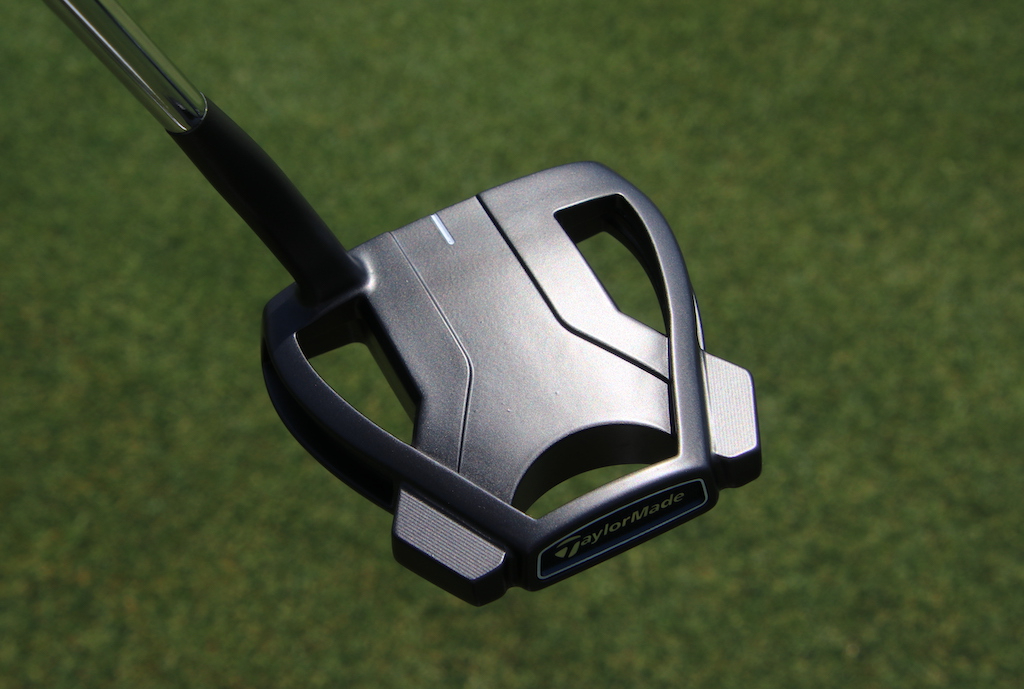
Tommy Fleetwood has been attached to his Odyssey White Hot Pro #3 putter for years now. However, this week at the Wells Fargo Championship, we did spot him testing a new putter that is very different, yet somewhat similar, to his current gamer.
This new putter is a TaylorMade Spider Tour X head but with a brand new neck we haven’t seen on a Spider before. A flow neck is attached to the Spider head and gives the putter about a 1/2 shaft offset. This style neck will usually increase the toe hang of the putter and we can guess it gets the putter close to his White Hot Pro #3.
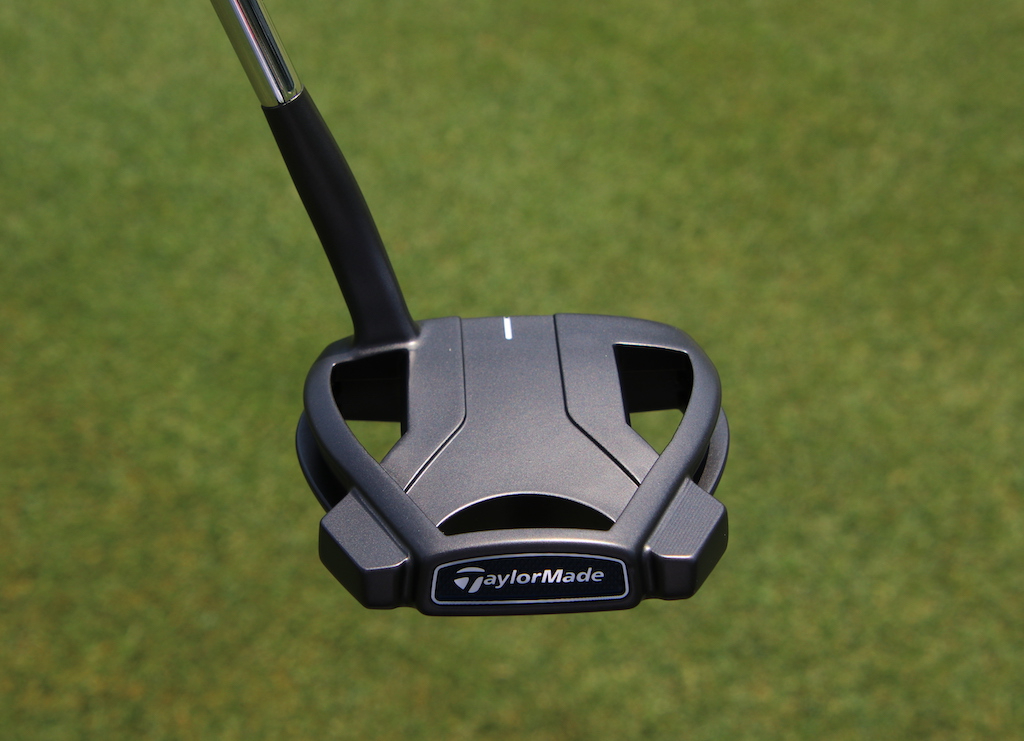
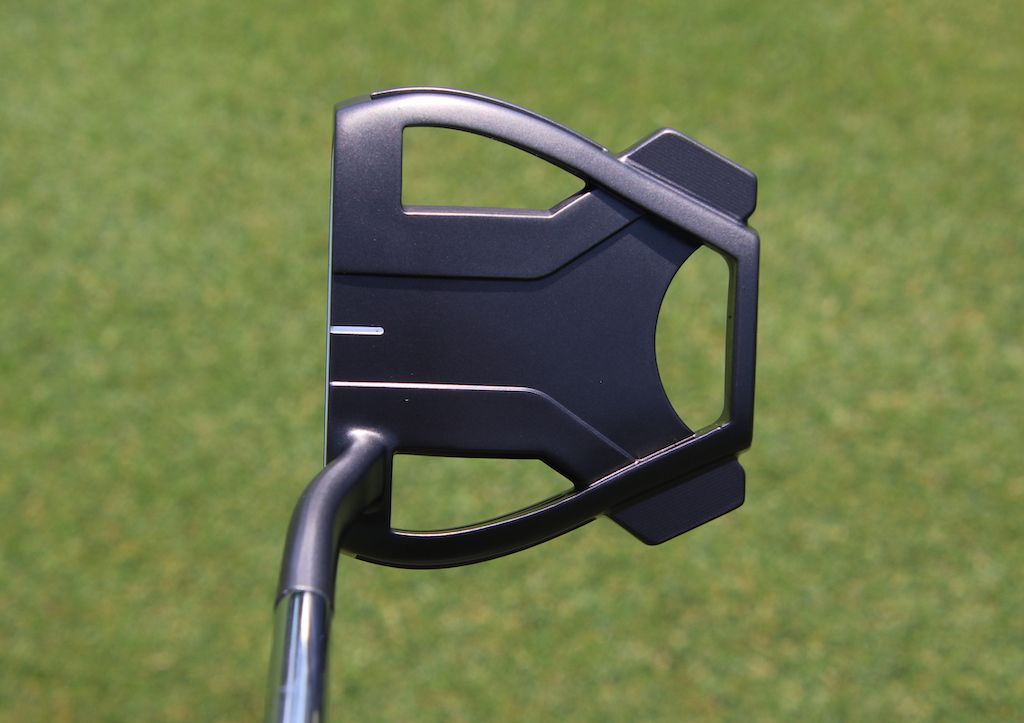
Another interesting design is that lack of TaylorMade’s True Path alignment on the top of the putter. Instead of the large white center stripe, Tommy’s Spider just has a very short white site line milled into it. As with his Odyssey, Tommy seems to be a fan of soft inserts and this Spider prototype looks to have the TPU Pure Roll insert with 45° grooves for immediate topspin and less hopping and skidding.
The sole is interesting as well in that the rear weights don’t look to be interchangeable and are recessed deep into the ports. This setup could be used to push the CG forward in the putter for a more blade-like feel during the stroke, like TaylorMade did with the Spider X Proto Scottie Scheffler tested out.
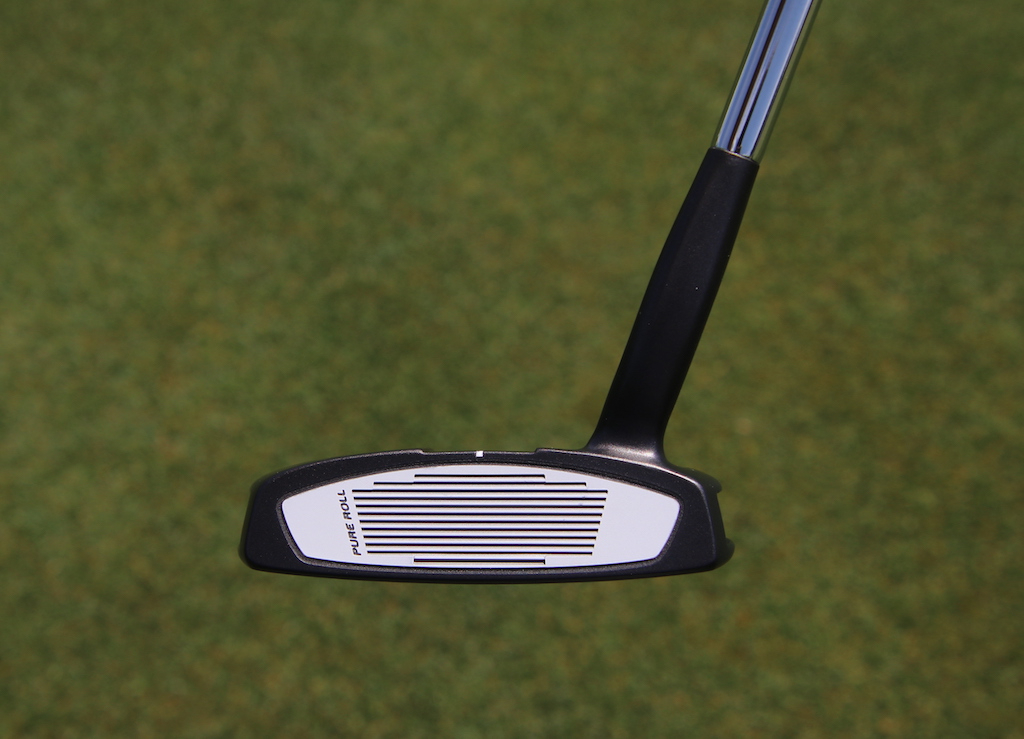
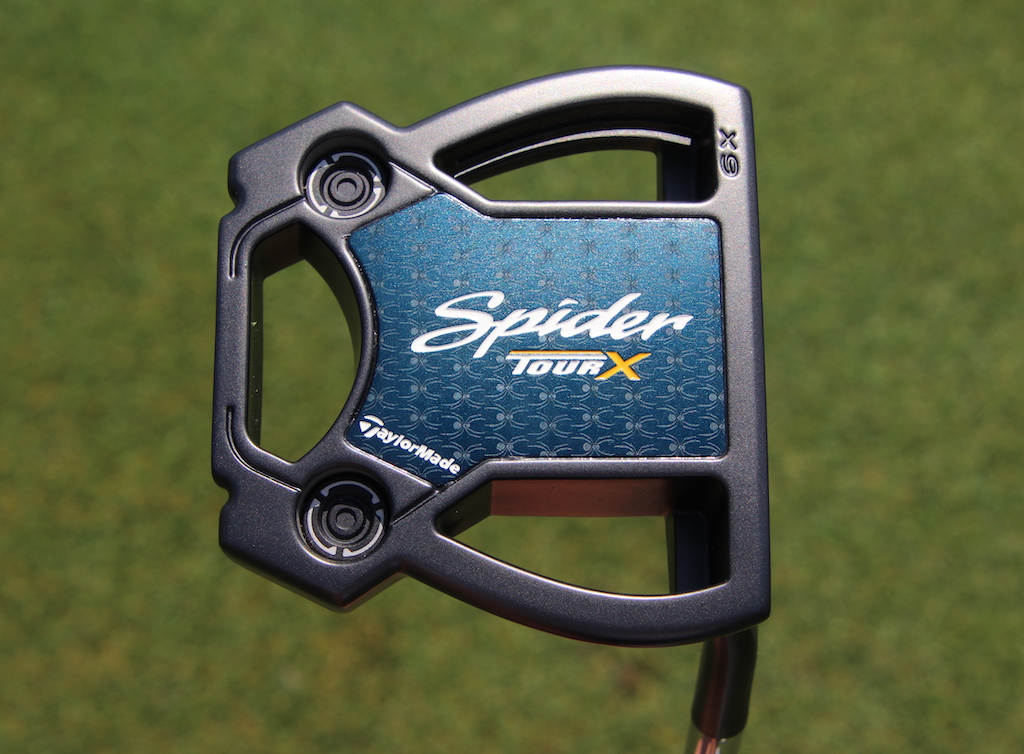
Tommy’s putter is finished off with an older Super Stroke Mid Slim 2.0 grip in blue and white. The Mid Slim was designed to fit in between the Ultra Slim 1.0 and the Slim 3.0 that was a popular grip on tour.
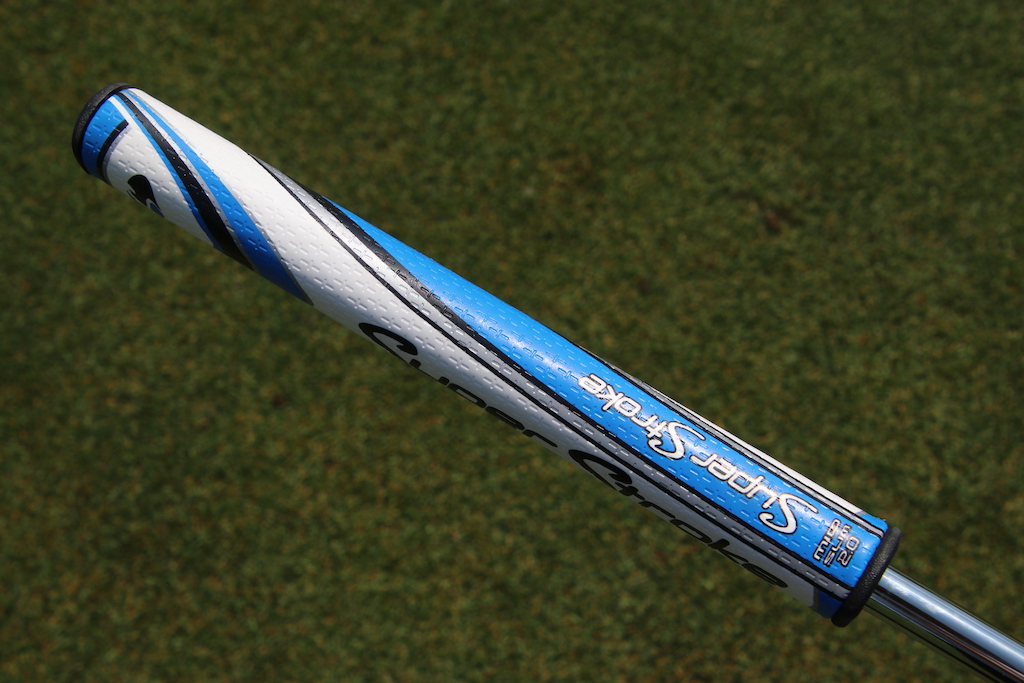
- Check out the rest of our photos from the 2024 Wells Fargo Championship
- LIKE13
- LEGIT2
- WOW2
- LOL1
- IDHT0
- FLOP0
- OB0
- SHANK0
-

 19th Hole3 weeks ago
19th Hole3 weeks agoJustin Thomas on the equipment choice of Scottie Scheffler that he thinks is ‘weird’
-

 19th Hole3 weeks ago
19th Hole3 weeks ago‘Absolutely crazy’ – Major champ lays into Patrick Cantlay over his decision on final hole of RBC Heritage
-

 19th Hole2 weeks ago
19th Hole2 weeks agoLET pro gives detailed financial breakdown of first week on tour…and the net result may shock you
-

 19th Hole3 days ago
19th Hole3 days agoReport: LIV star turns down PGA Championship invite due to ‘personal commitments’
-

 19th Hole1 week ago
19th Hole1 week agoGary Player claims this is what ‘completely ruined’ Tiger Woods’ career
-

 Whats in the Bag2 weeks ago
Whats in the Bag2 weeks agoTeam McIlowry (Rory McIlroy, Shane Lowry) winning WITBs: 2024 Zurich Classic
-

 Equipment1 week ago
Equipment1 week agoGolf fans left surprised by LIV’s choice of course for its 2024 individual championship event
-

 19th Hole1 week ago
19th Hole1 week agoLIV star splits with swing coach after working together for 14 years

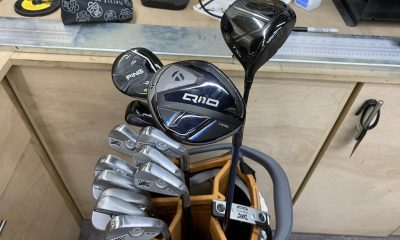

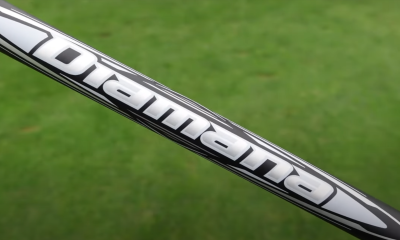







Johnny Taylor
Jan 2, 2019 at 8:39 pm
Ryan,
Looking for a graphite shafts for irons in the 80-110 gram weight range. What would you recommend that for performance and feel at a reasonable price?
Johnny
jimmy
Mar 14, 2018 at 10:20 pm
Graphite shafts have been on the market for over 30 years and they still haven’t engineered out the problems inherent with them. The only reason they still exist is cause they can bring out new models with fancy eye-catching new graphics annually…. to suck in the gullible gearheads.
WA
Mar 14, 2018 at 12:46 am
If this guy wasn’t a club builder he would be working at a quickie lube joint.
Ignat
Mar 14, 2018 at 5:08 pm
huh ????
frank irwin
Mar 13, 2018 at 7:19 pm
What type of tip weights do you recommend using for graphite shafts?
Ryan B
Mar 13, 2018 at 7:53 pm
I have found that these work quite well because you lose minimal insertion depth:
https://www.hirekogolf.com/7-5g-weight-plug-for-graphite-wood-iron-shaft.html
Max
Mar 13, 2018 at 5:25 pm
Love the steelfibers and recoils. Looking forward to try the Mitsubishi Thump’s and Ot’s. Driver speed: 108-110 mph.
Love the feel of graphite. Pure strikes feel better.
jimmy
Mar 14, 2018 at 10:17 pm
you obviously lie like a gearheaded duffer… sooo obvious
steve
Mar 13, 2018 at 4:16 pm
The best graphite shaft on the market is the $1200 Seven Dreamer shafts that are cured in an autoclave which drains out the plastic epoxy component to a minimum. All the other graphite shafts are oven-cured which leaves in the compromising epoxy plastic that causes the floppy soggy shaft tip inconsistent action.
Save your money for the superior Seven Dreamer graphite shafts, boys.
steve
Mar 13, 2018 at 4:18 pm
FYI here’s the link to the Seven Dreamers GolfWRX article:
http://www.golfwrx.com/489200/a-qa-with-seven-dreamers-about-its-1200-shafts/
KevinS
Mar 13, 2018 at 3:46 pm
Just a couple comments. I’m an “older” golfer and club tinkerer and I have to take exception with your point that firm or stiff graphite shafts for irons weren’t really available “back in the day.” They were. You just had to search more for them, high and low. Back in the early ’90s, I reshafted a set of Ram Laser FX irons with models called “Superior Graphite Shafts” by Norman Sports Company — stiff or firm flex. The reshafting, which I did myself, was fairly successful for an amateur, but as you mentioned, I had to end up applying lead tape to the backplate of many. Some not at all (PW); some a little (7 or 8 iron), some a lot (6 iron). Still don’t know today why they all came out so different in swingweight. Also, because of the overall weight and swingweight, I left the reshafted clubs a half-inch longer than the steel counterparts. I still use these clubs from time to time, but ended up abandoning them eventually, not because of the graphite shafts, but because of the Ram Laser’s sharp(er) leading edge and relatively flat sole. Somebody told me I could also grind down the leading edge, but I had fooled around with them enough. I still take them out and use them and like them and would compare the flex comparable with my Hogan Apex shafts #4, albeit lighter. To this day I still have not swung or hit any graphite shafted irons with shafts that feel as firm as the ones I installed in the early 90s. I know they exist; I just haven’t experienced them, even those marked “S.” These cavity-back forged Ram irons with graphite shafts have always launched higher and flown higher, so I have much more difficulty hitting “flighted” or knock-down short-iron shots with them.
Ryan B
Mar 13, 2018 at 7:57 pm
HI Kevin,
Thanks for watching. You are correct that shafts were available but, like I said in the video – to the general consumer something like what you mention was not a very easy to find option for those who shopped at either their local proshop or golf store. This along with misinformed sales people lead to a lot of the misconceptions I talked about.
I really appreciate you watching the video and taking time to comment.
Cheers
steve
Mar 13, 2018 at 12:30 pm
The problem with graphite shaft are at the tip section where the epoxy-graphite matrix behaves like a floppy soggy piece of plastic spaghetti… unless heavily reinforced with exotic materials and even steel fibers.
Any pro using graphite in their irons has the shaft tips heavily reinforced with space age materials or metal strands to make the shaft tips behave predictably.
That was the problem with graphite shafts when introduced 40 years ago and the problems are still not solved. Floppy soggy plastic straws.
steve
Mar 13, 2018 at 4:37 pm
Furthermore, driver shaft tip diameters were boosted to 0.350″ from the old standard of 0.335″. This has a significant affect on tip torque. This increase was done to increase tip torque resistance on graphite shafts and to hopefully stabilize the tip as it twists and flexes.
FYI… torque resistance for a thin-walled tube varies as the cube of the diameter. Even though it’s only about a 5% diameter increase, the torque resistance is increased by ~13%. It still doesn’t solve the problem of floppy soggy graphite shaft tips. Only the Seven Dreamers shafts fix the problems.
George
Mar 13, 2018 at 7:52 pm
FYI stiff graphite shafts can be achieved without going to exotic fibres.
Defy you to compare Nunchuk Xi iron shafts against any of the ridiculously expensive exotics.
Patents on Nunchuk include the method of wrapping the graphite. Defy you to find a stiffer tip, by design, on the market. Virtually zero droop, twist or kick at impact.
Cheers
PS video on nventix.com, Dallas Texas
jimmy
Mar 14, 2018 at 10:15 pm
A shaft with zero droop, twist or kick at impact would be totally unplayable because it would eliminate the whipsnap necessary in final release going into impact. Such a shaft would reduce the swing to shovelling and injure your hands and wrists too.
Duncan Marc
Mar 13, 2018 at 11:39 am
If torque has nothing to do with accuracy, how can it be a factor? Contradictory statement.
Mat
Mar 13, 2018 at 4:22 pm
Torque is very important. Just make sure it is a low twist graphite. But ya, that statement was way, way off.
Ryan B
Mar 13, 2018 at 8:02 pm
Hi Duncan,
Thanks for watching the video.
What I mean when I talk torque is that it is not a deciding factor when it comes to accuracy. It is an aspect of design for engineers as far manufacturing goes, but the overall profile and weight will have a bigger impact.
Torque is really a byproduct of the overall design of the shaft and not the deciding factor as far as final accuracy goes.
Thanks for watching!
steve
Mar 13, 2018 at 9:01 pm
“torque” is imposed on the shaft tip by the eccentric clubhead attempting to dynamically align to the shaft axis in the downswing and through Release.
There is a “centrifugal” torque imposed by the clubhead that results in shaft droop; and, there is axial torque that is created by the eccentric CofG of the clubhead closing the driver face and the iron face if the leading edge is offset significantly.
Torque is most certainly a large factor in clubface accuracy at Impact.
George
Mar 14, 2018 at 8:02 am
FYI stiff graphite shafts can be achieved without going to exotic fibres.
Nunchuk Xi iron shafts compare against any of the ridiculously expensive exotics.
Patents on Nunchuk include the method of wrapping the graphite. Challenge you to find a stiffer butt and tip, by design, on the market. Virtually zero droop, twist or kick at impact.
Cheers
PS video on nventix.com, Dallas Texas